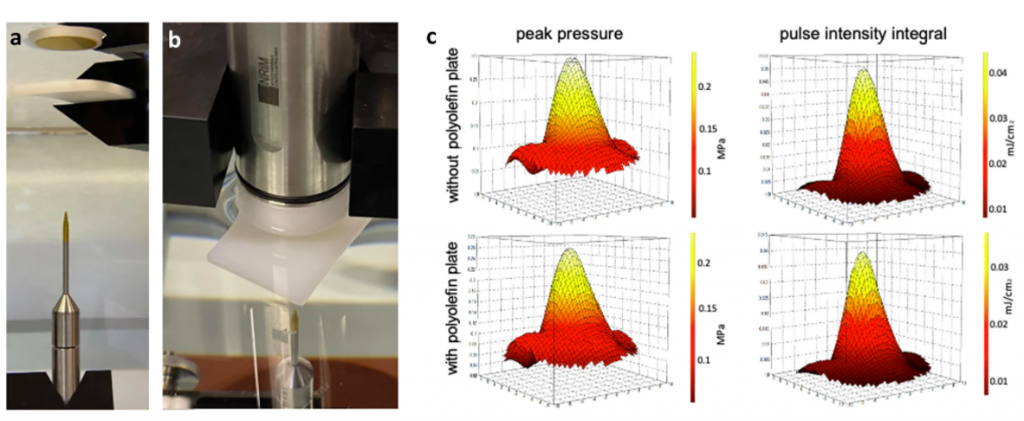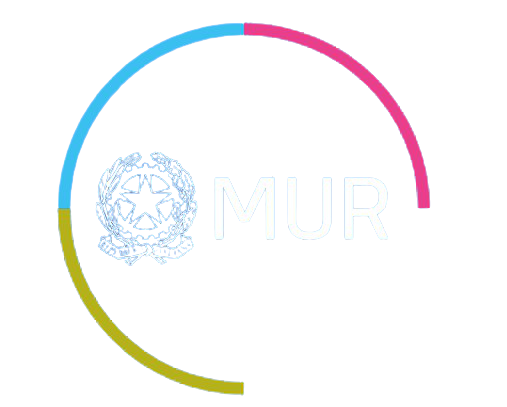The blood-brain barrier represents a major obstacle to the delivery of drugs to the central nervous system, which can prevent the proper treatment of many diseases. An Italian study, published in the Scientific Reports journal, has showed that a technique based on low-intensity ultrasound can be an effective solution for improving the permeability of the blood-brain barrier, allowing drugs to reach the central nervous system.
The study, conducted by a research group of Fondazione IRCCS Istituto Neurologico Carlo Besta in Milan, in collaboration with the National Institute of Metrological Research (INRiM), evaluated the efficacy of the combined use of low-intensity pulsed ultrasound waves and a biocompatible polyolefin-based skull prosthesis in increasing blood-brain barrier permeability in brain models. The experiments showed that this technique can be effective in promoting barrier permeability, with significant pharmacological potential.

The research activities of the study will be further developed within the RaCHy (Radiotherapy coupled with Hyperthermia) project coordinated by Giovanni Durando, INRIM, and carried out in collaboration with several European and Italian partners, including the Italian National Health Institute. The aim of the project is to assess the effectiveness of radiotherapy combined with heat therapies (hyperthermia) for the treatment of tumours, by experimenting with the integration of clinical radiotherapy with hyperthermia treatments, which involve increasing tissue temperature. The project received funding from the Horizon 2020 European Framework Programme and from EMPIR (European Metrology Programme for Innovation and Research), the main European metrology research funding programme.

Source: INRiM

